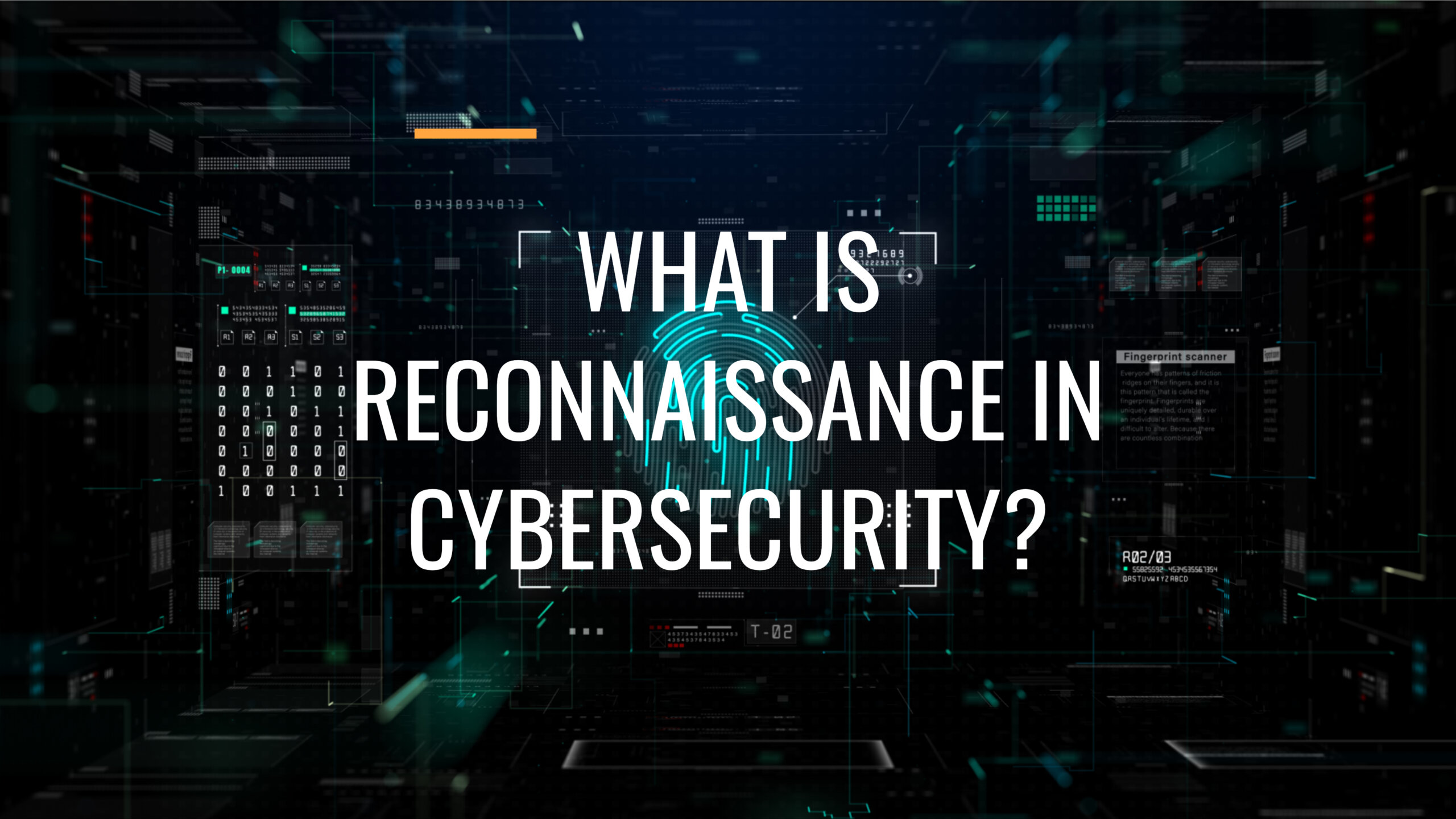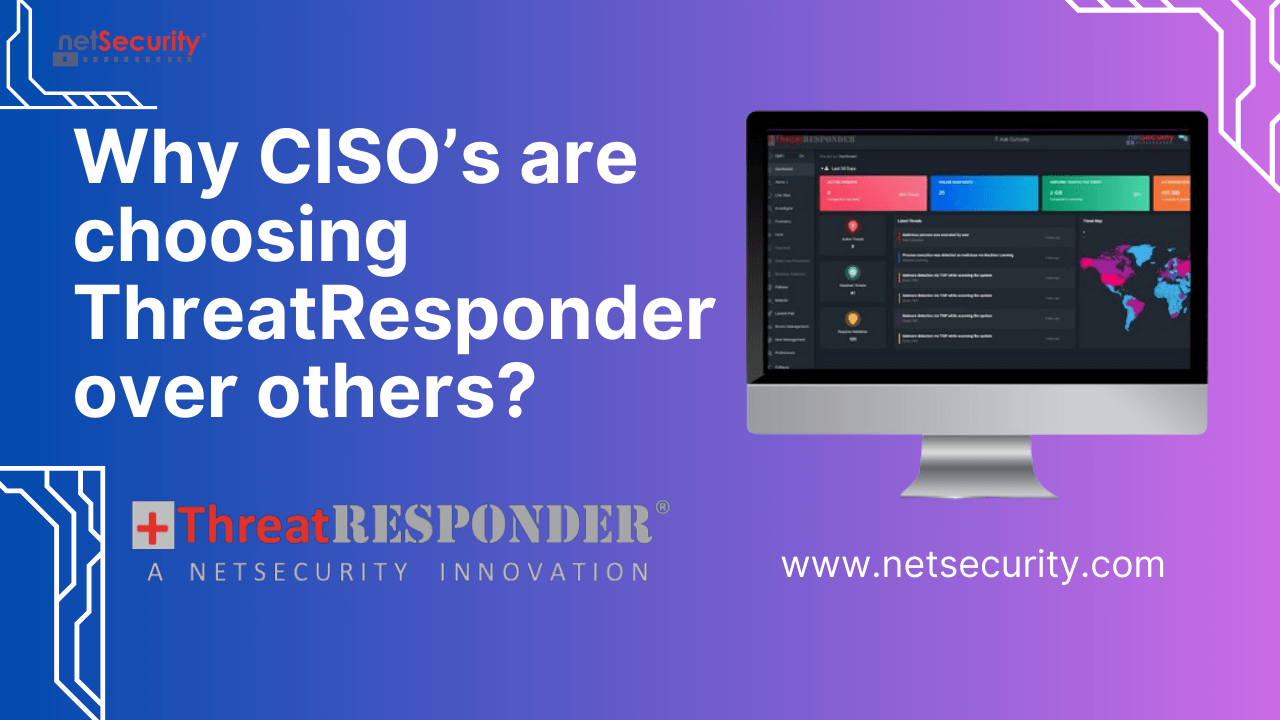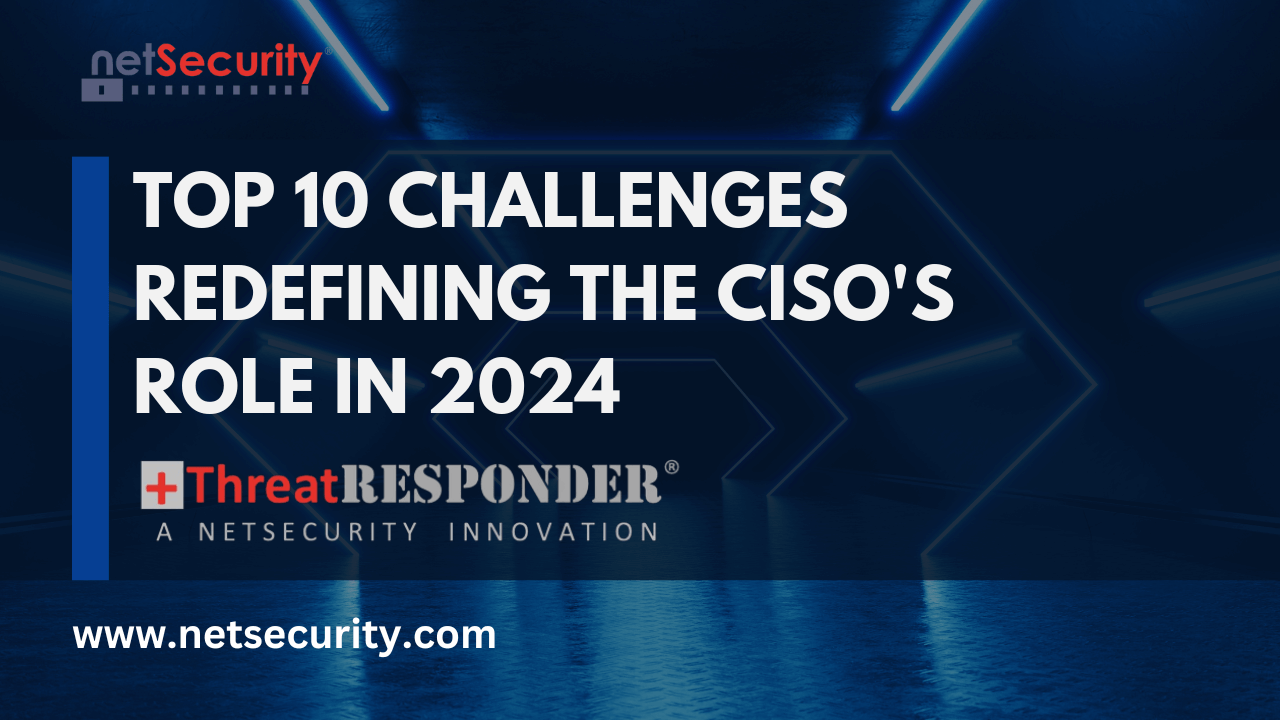How Can Attack Surface Management (ASM) Improve Your Enterprise Security Posture?
What is an Attack Surface?
An attack surface, also known as an external attack surface or digital attack surface, refers to all internet-accessible hardware, software, platforms, and cloud assets that can be discovered, exploited, and used to breach a company. A cyberattack can leverage an attacker’s ability to leverage the interconnected network of assets within the attack surface. In other words, this is the total number of ways cybercriminals could manipulate a network or system to extract data.
Factor Affecting an Attack Surface?
Following are the most common components that sum up to be an attack surface to any typical enterprise:
- On-Premises Assets
- Cloud Assets
- External Network Assets
- Third-Party Vendor Assets
Following are some of the crucial factors that play a significant role in compromising the attack surface:
- New Vulnerabilities
- Emerging cyber threats
- Extended Cloud Adoption
- Improper Management
The lack of management of the attack surface results in data breaches and leaks that can harm a company’s operations and reputation. Therefore, ASM deployment is essential since it enables security teams to identify, prioritize, and monitor assets that are truly important to a company.
What is Attack Surface Management (ASM)?
Management of an organization’s attack surface from the perspective of an external attacker is known as Attack Surface Management (ASM). Security cannot be achieved by not knowing what you are up against. That is the concept behind Attack Surface Management (ASM). By utilizing this emerging cybersecurity technology, organizations can identify internet-connected and attacker-exposed IT assets and monitor them for unanticipated changes and vulnerabilities that increase attack probability. So, it is imperative to maintain a comprehensive inventory of all internet-facing assets and their risks and continuously update it. From an external attacker’s perspective, security teams can prioritize those assets based on their attack ability level, which measures how appealing an asset is to an attacker. In recent times, CISOs and security teams have made ASM a top cybersecurity priority due to an increase in ransomware and supply chain attacks. The following five components make up a modern attack surface management system:
- Discovery
- Asset Inventory and classification
- Risk scoring and security ratings
- Continuous security monitoring
- Malicious asset and incident management
Why is Attack Surface Management Important?
Although attack surface management is similar to asset discovery or asset management, often found in IT hygiene solutions, it differs in that attack surface management approaches detection and management of vulnerability threats from the attacker’s perspective. As a result, the organization is driven to identify and evaluate known assets and unknown components. By adopting the attacker’s mindset and mimicking their toolset, organizations can expand their visibility across all potential attack vectors, thus improving their security posture by mitigating risks associated with particular assets or reducing the attack surface.
By managing attack surfaces, you can prevent and mitigate risks related to:
- The legacy, IoT, and shadow IT assets
- Human mistakes and omissions, including phishing and data leaks
- Vulnerable, outdated, and unpatched software
- Unknown open-source software (OSS)
- Large-scale attacks on your industry
- Targeted cyberattacks on your organization
- IP rights infringement
- Assets resulting from mergers and acquisitions
- Third-Party vendor managed assets
In addition, ASM can help organizations detect unknown cyber threats, reduce and harden attack surfaces, and strengthen their overall security posture.
How is ASM Different from Other Cybersecurity Solutions
Following are the most common components that sum up to be an attack surface to any typical enterprise:
- ASM vs. Asset Management
Asset Management provides visibility on the enterprise assets from an administrator’s point of view, but ASM can provide the eagle eye view from an attacker’s perspective.
- ASM vs. Vulnerability Management
Vulnerability Management only provides the details of the vulnerable assets from a CVSS scoring perspective. However, ASM solutions can provide more detailed context than vulnerability management solutions.
- ASM vs. Penetration Testing
Penetration testing can be effective in detecting known weaknesses, and the capabilities of the penetration tester can often be limited. At the same time, an ASM solution with its advanced capabilities can see unknown loopholes on the attack surface.
- ASM vs. Breach and Attack Simulation (BAS)
Breach and Attack Simulation is typically a rehearsal of known cyber attacks to assess the security resilience of an enterprise. Though this is an effective way of determining the capabilities of your enterprise security deployments, incorporating an ASM can provide a deeper contextual assessment of your attack surface from real-world threats.
How to Choose the Right ASM Solution?
The deployment of any ASM solution will not suffice. Your company must have met technical, functional, and operational requirements. To evaluate an ASM solution, look for the following features:
- Automated Discovery and security baselining
- Less false positive alerts
- Authentic attacker’s perspective
- Risk-based Prioritization
- Provide Actionable Findings
- Continuous Monitoring
- Real-Time Visibility
- Seamless Integrations
How To Improve Your Enterprise Security Posture?
Cyber security threats are rapidly increasing at a tremendous pace. It is extremely difficult for cyber security analysts and incident responders to investigate and detect threats using conventional tools and techniques. NetSecurity’s ThreatResponder, with its diverse capabilities, can help your team detect the most advanced cyber threats, including APTs, zero-day attacks, and ransomware attacks. It can also help automate incident response actions across millions of endpoints, making it easy, fast, and hassle-free.

Disclaimer
The page’s content shall be deemed proprietary and privileged information of NETSECURITY CORPORATION. It shall be noted that NETSECURITY CORPORATION copyrights the contents of this page. Any violation/misuse/unauthorized use of this content “as is” or “modified” shall be considered illegal and subjected to articles and provisions that have been stipulated in the General Data Protection Regulation (GDPR) and Personal Data Protection Law (PDPL).











